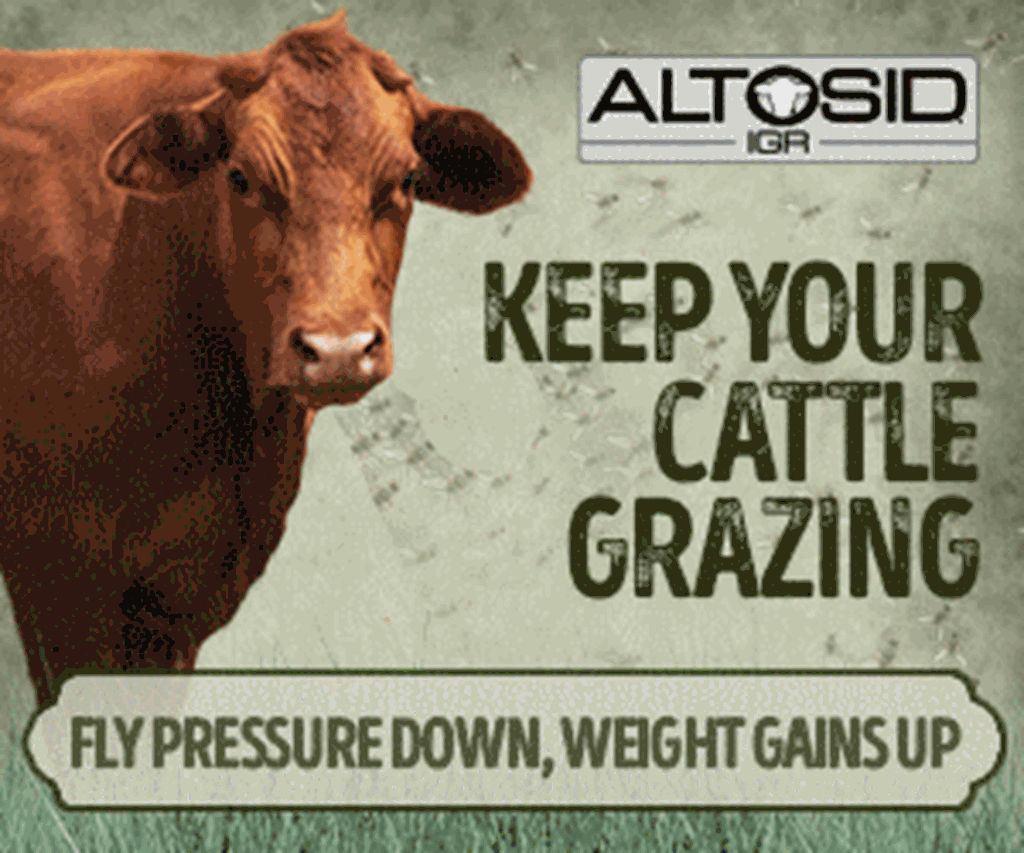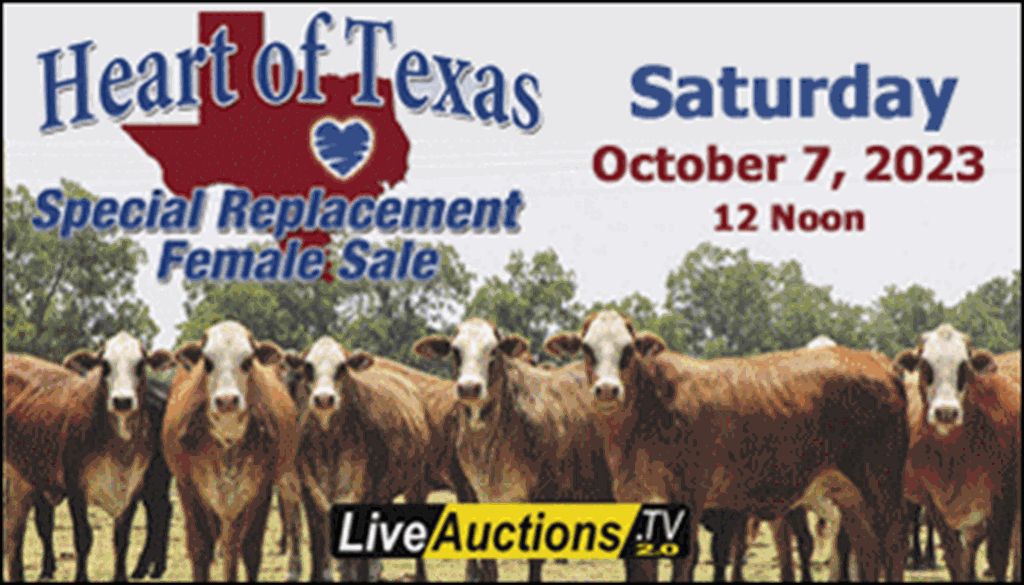Mark Johnson. Oklahoma State University
Water is the most important nutrient. An adequate supply of clean, fresh water is a critical component of maintaining healthy, productive cattle. At this time of year in Oklahoma, managing your cattle’s water supply is more important than ever. Water accounts for at least 50 percent of your cattle’s live weight. Water is required to transport nutrients through the blood, maintain cellular structure, regulate temperature, and much more. In order for livestock to maximize feed intake and production, they need daily access to palatable water of acceptable quality and quantity. Water is also critical for cattle dealing with stress. Insufficient water intake lowers cattle performance more dangerously than any other nutrient deficiency. Dehydration in cattle severely weakens the ability of the respiratory organs to resist and expel disease-causing organisms. As well, hearing and sight of cattle can be adversely affected by dehydration.
Knowledge of water requirements of cattle is necessary when designing water supply systems where the water supply may be limited or the delivery system restricts access in times of heavy use. Although quite a bit of data is available on the water intake of growing and finishing cattle, little information is available in published literature for mature beef cows. OSU Cooperative Extension Fact Sheet ANSI-3299 is an excellent resource for information about water needs of beef cows.
Factors that influence the daily water intake requirements of cows include the following:
- During warm months, the daily ambient temperature and humidity have dramatic effect on heat stress and water intake. The Cattle Comfort Index, available through the Oklahoma Mesonet can be used to monitor heat stress or cold stress in beef cattle. The Cattle Comfort Index is calculated using ambient temperature, humidity, wind speed, precipitation and sunlight. At temperatures above 40 degrees Fahrenheit increase water consumption linearly.
- Milk produced by beef cows is about 88% water. Accordingly, lactation has a direct impact on the water requirements and water intake will increase for each pound of milk produced.
- Dry matter content of feeds consumed. Water requirements can be met, to some extent, by the moisture content of feeds consumed. For example, cattle grazing young vegetative forage at 20 – 35% dry matter will meet a higher proportion of water needs than cattle grazing seeded or mature forage which is 75 – 90% dry matter.
- Water intake is highly related to rumen volume and feed dry matter intake. Higher daily feed consumption is associated with greater rumen volume. Accordingly, greater mature weight is associated with higher rumen volume and dry matter feed intake. Therefore, for the purpose of the following water requirement estimates, the influence of cow size and rumen volume on water intake is addressed through the influence of feed dry matter intake. The estimates below assume that dry cows consume 2.2% of their body weight and lactating cows consume 2.7% of their body weight in dry matter when consuming an average to moderate quality forage.
These estimates are intended to represent total daily water consumption. Free water intake could be lower when cows are consuming feeds of high moisture content.
Key Points
- For each 10 degree increase in temperature above 40 degrees, cattle need about one gallon more water per day.
- For each additional gallon of milk produced, cows will need an additional gallon of water per day.
- High moisture feeds contribute to water intake. The dryer the feed consumed, the more drinking water required.
Reference: OSU Cooperative Extension Fact Sheet ANSI-3299. Estimating Water Requirements for Mature Beef Cows












